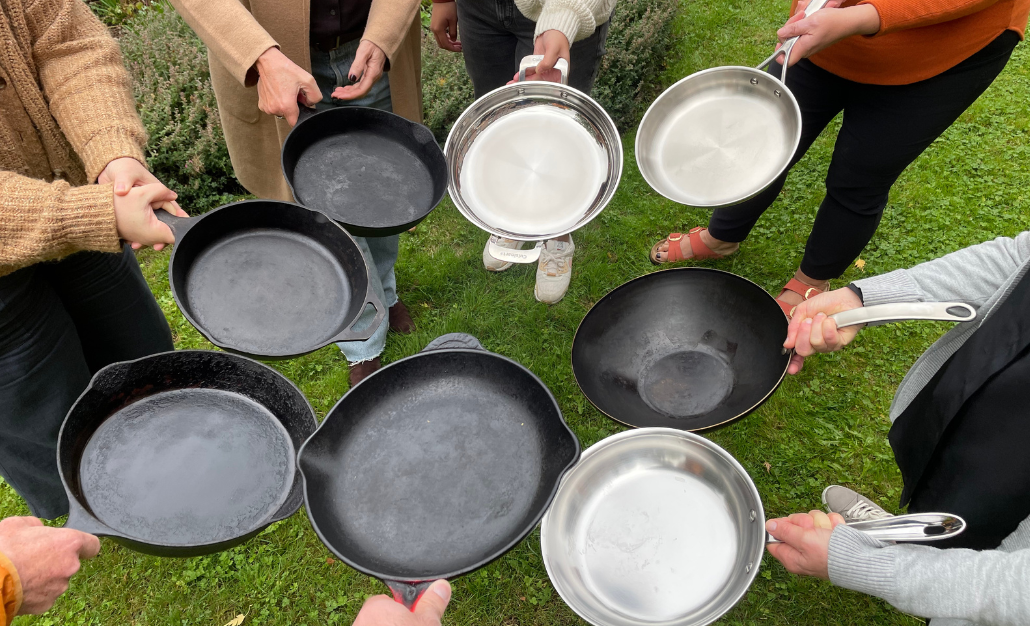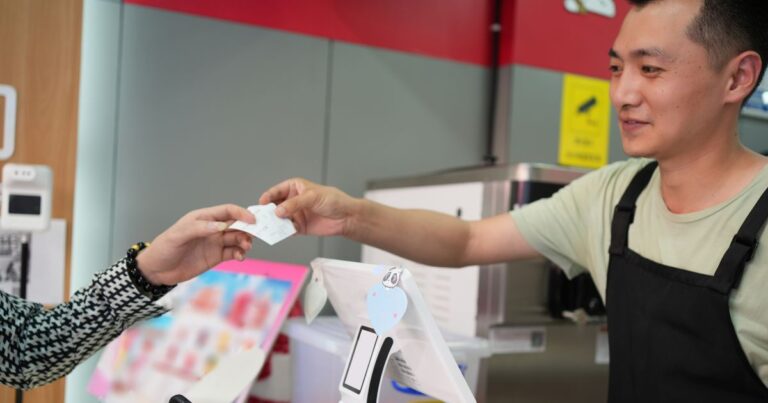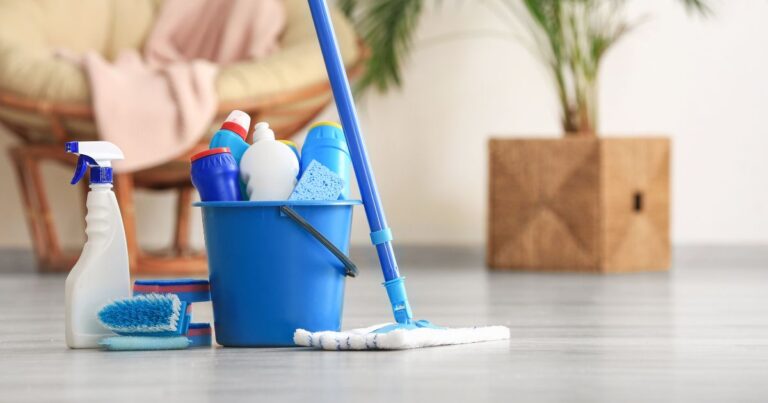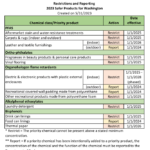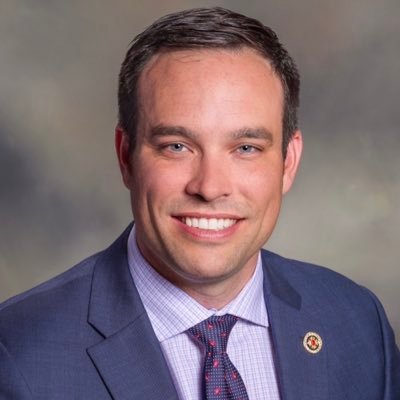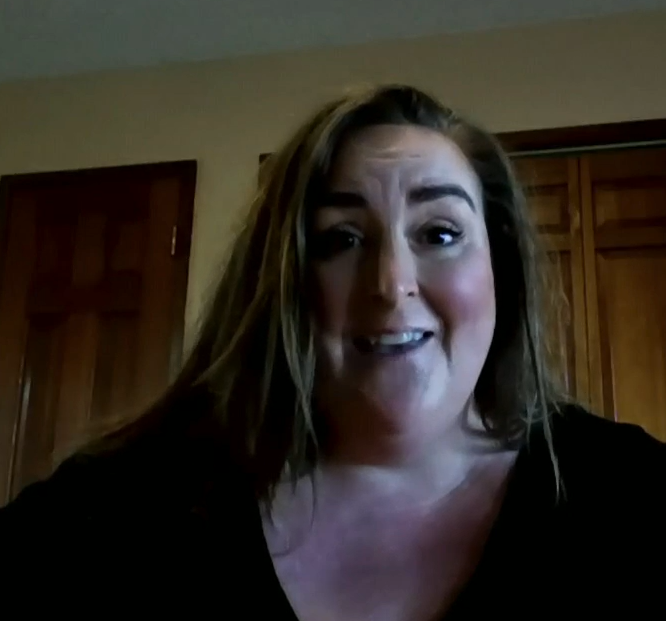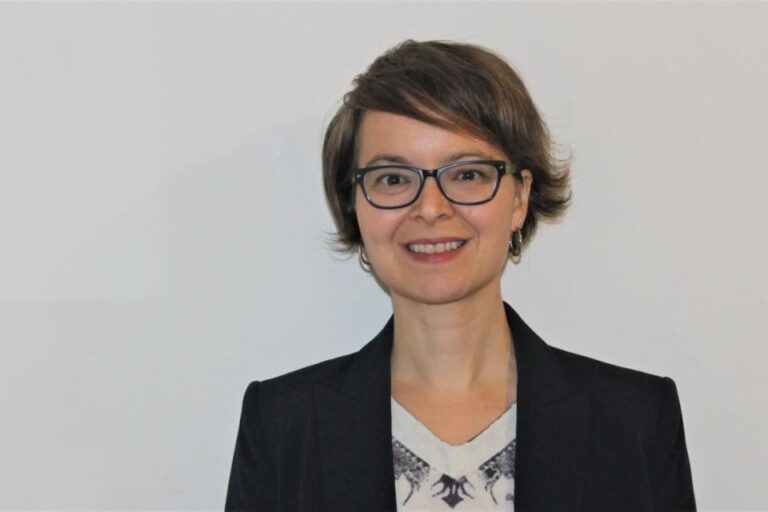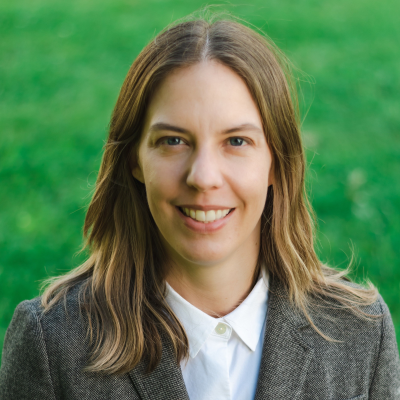Safer Products for Washington
What is the Safer Products for Washington Act?
The Safer Products for Washington Act is the nation’s strongest law regulating toxic chemicals in products—a major source of contamination in our homes, food, waterways, and bodies. Washington state passed this precedent-setting legislation in 2019 which helps protect people and the environment from toxic pollution.
About the law
The Safer Products for Washington law directs state agencies to identify the products that are significant sources of high-priority chemicals and provides authority to take action to reduce them. Washington’s Department of Ecology can ban or require disclosure of harmful chemicals in a wide range of products, from plastics and personal care products to electronics and building materials. It can also require companies to provide full ingredient information in products in order to make regulatory determinations under the law.
Why it’s important
A growing body of science and Toxic-Free Future’s own research have documented that chemicals escape out of products into dust and air in our homes, travel through wastewater, and pollute homes, waters, the food supply, and even us!
Costs of cleanup and health impacts due to these chemicals are significant for governments, taxpayers, and businesses. Prioritizing prevention of pollution and disease makes the most sense. Alternatives are rapidly coming onto the market to replace hazardous chemicals like PFAS.
The Washington state approach is an important model. It is not only resulting in bans on the worst chemicals, it defines safer solutions using hazard-based tools (such as GreenScreen and ChemForward), that are also feasible and available.
Governments, manufacturers, and retailers should be aligning to this approach for all chemicals management, eliminating toxic chemicals with proven safer solutions.
How it works
Safer Products for Washington operates in repeating five-year cycles. At the start of each cycle, Ecology identifies at least five priority chemicals or chemical classes that pose health or environmental risks.
Next, Ecology selects priority product categories—types of consumer products where the priority chemicals are commonly used. For each chemical-product combination, Ecology assesses whether safer, feasible, and readily available alternatives exist.
- If safer, feasible, available alternatives are identified, Ecology can take action to restrict the harmful chemical in that product category.
- If no safer, feasible, available alternatives are identified, Ecology may instead require reporting on the use of the priority chemical in those products.
- Ecology may also choose to take no action on a chemical-product combination.
This process ensures that toxic chemicals are phased out of everyday products. By pointing to safer solutions, Ecology provides guidance to both manufacturers and consumers, helping them to avoid regrettable substitutes and protect people and the environment.
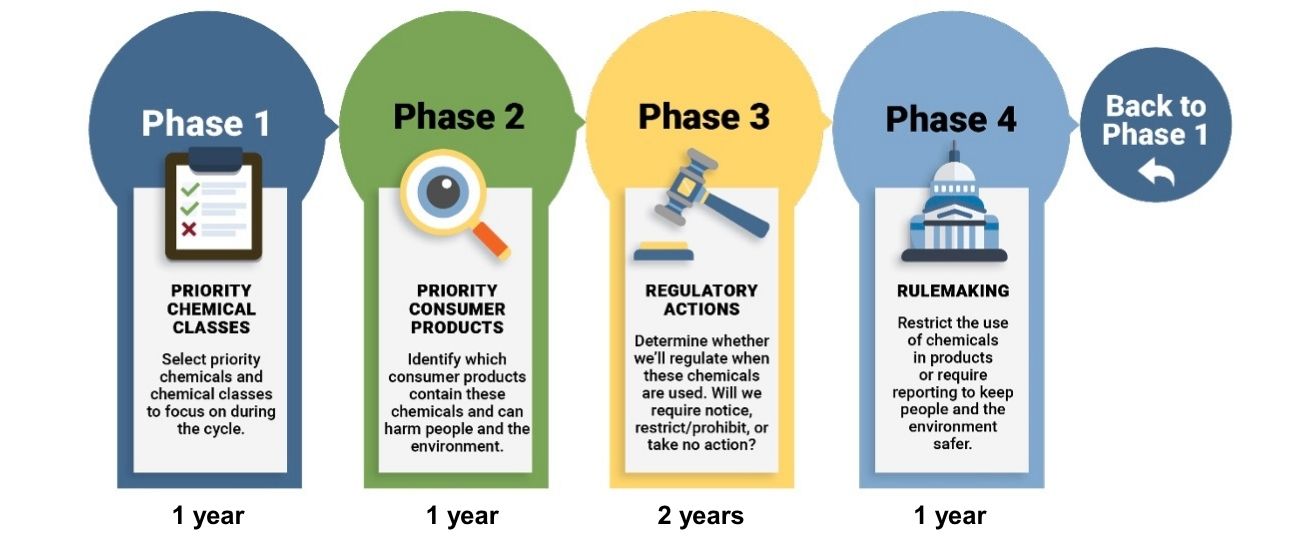
Recent posts on Safer Products for Washington
What's happening now
- June 2025: Washington state proposed new PFAS regulations under Cycle 1.5, targeting 12 product categories. The rule restricts PFAS in apparel and accessories, cleaning products, and automotive washes. The rule also requires manufacturers to report intentional use of PFAS in cookware, gear, footwear, and other consumer items. TFF issued a statement in response. Toxic-Free Future delivered a letter signed by 15 organizations, as well as technical comments.
- May 2025: The Washington Department of Ecology finalized 10 priority products for Cycle 2, including organochlorine substances in plastic packaging such as PVC or PVDC, cyclic volatile methylsiloxanes in cosmetics, and orthophthalates in sealants, caulks, and adhesives. It will also continue its work on previously identified priority products, including PFAS in cookware, 6PPD in tires, and PCBs in printing inks. TFF issued a statement in response.
- November 2024: The Washington Department of Ecology proposed priority products for Cycle 2, including: artificial turf (6PPD and PFAS); nail products (BTEX substances); jewelry and accessories (cadmium and cadmium compounds and lead and lead compounds); cosmetics (cyclic volatile methylsiloxanes); cleaning and household care products (formaldehyde releasers); plastic packaging and toilet and bathroom deodorizers (organobromine or organochlorine substances); insulation (organohalogen flame retardants); cleaning and household care products and sealants, caulks, and adhesives (ortho-phthalates); and architectural paints (PFAS). Toxic-Free Future delivered a letter of support signed by 10 organizations. TFF also submitted a separate letter of support, requesting that building materials containing PVC, styrene-based plastic packaging and building insulation made from ethylbenzene additionally be named as priority products.
SAFER PRODUCTS FOR WASHINGTON
Cycle Status
Cycle 2
 In May 2024, the Washington Department of Ecology identified seven new priority chemicals and chemical classes for Cycle 2 of Safer Products for Washington. In November 2024 Ecology proposed priority products and finalized the list in May 2025.
In May 2024, the Washington Department of Ecology identified seven new priority chemicals and chemical classes for Cycle 2 of Safer Products for Washington. In November 2024 Ecology proposed priority products and finalized the list in May 2025.
These charts detail the product categories containing priority chemicals selected for evaluation under Cycle 2 and products identified in previous review cycles or in statute under continued review in Cycle 2.
.
Cycle 2 Timeline
Cycle 1.5
Cycle 1.5 was introduced during the 2022 Washington State Legislative Session and is meant to focus on PFAS in a number of consumer products, including apparel and gear, firefighting personal protective equipment, cleaning products, waxes, nonstick cookware and kitchen supplies, and hard surface sealants. A final rule will be in place by December 2025.
Cycle 1.5 Timeline
Cycle 1
This chart details the chemical restrictions and reporting requirements included in the final rule from Cycle 1.
Cycle 1 Timeline
More information
SAFER PRODUCTS FOR WASHINGTON
Our Key Projects & Priorities
Ban PVC and vinyl chloride
PVC and vinyl chloride put communities, workers, and the environment at risk—from cancer-causing air pollution to toxic plastic waste. Toxic-Free Future is leading the fight to ban these dangerous chemicals and protect public health. Learn how we’re taking action and how you can help.
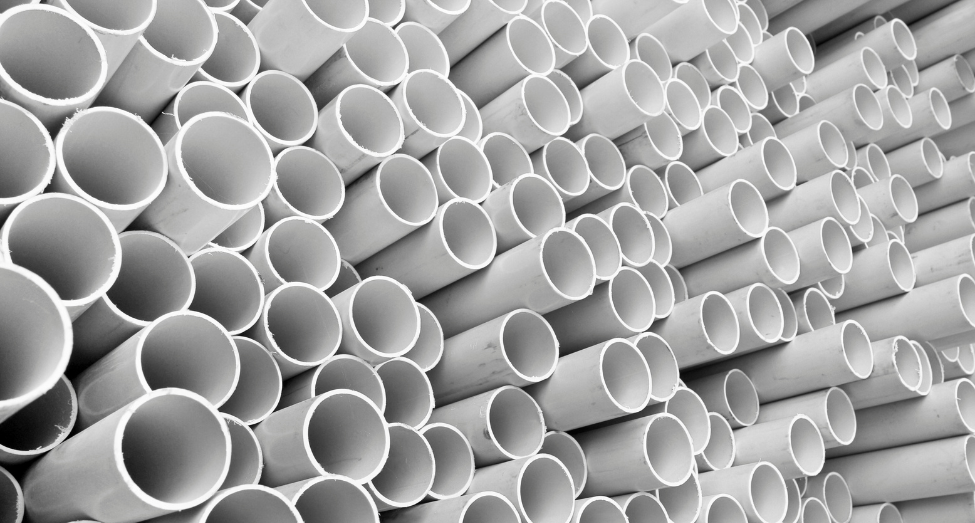
Healthy Communities in Washington
Toxic-Free Future is working to create healthier communities across the state of Washington by reducing exposure to toxic chemicals where people live, work, and play. From advocating for safer building materials and healthier housing policies to eliminating harmful chemicals in products and pollution from industrial sources, we’re advancing science-based solutions that protect public health—especially for communities most impacted by environmental injustices.

Washington: ban toxic PFAS!
Washington state is leading the way in protecting communities from toxic PFAS chemicals—becoming the first in the nation to ban the entire class in food packaging and firefighting foam. The state has also taken critical steps to address PFAS contamination and reduce levels in drinking water. But urgent action is still needed to eliminate remaining uses, clean up pollution, and hold polluters accountable.
